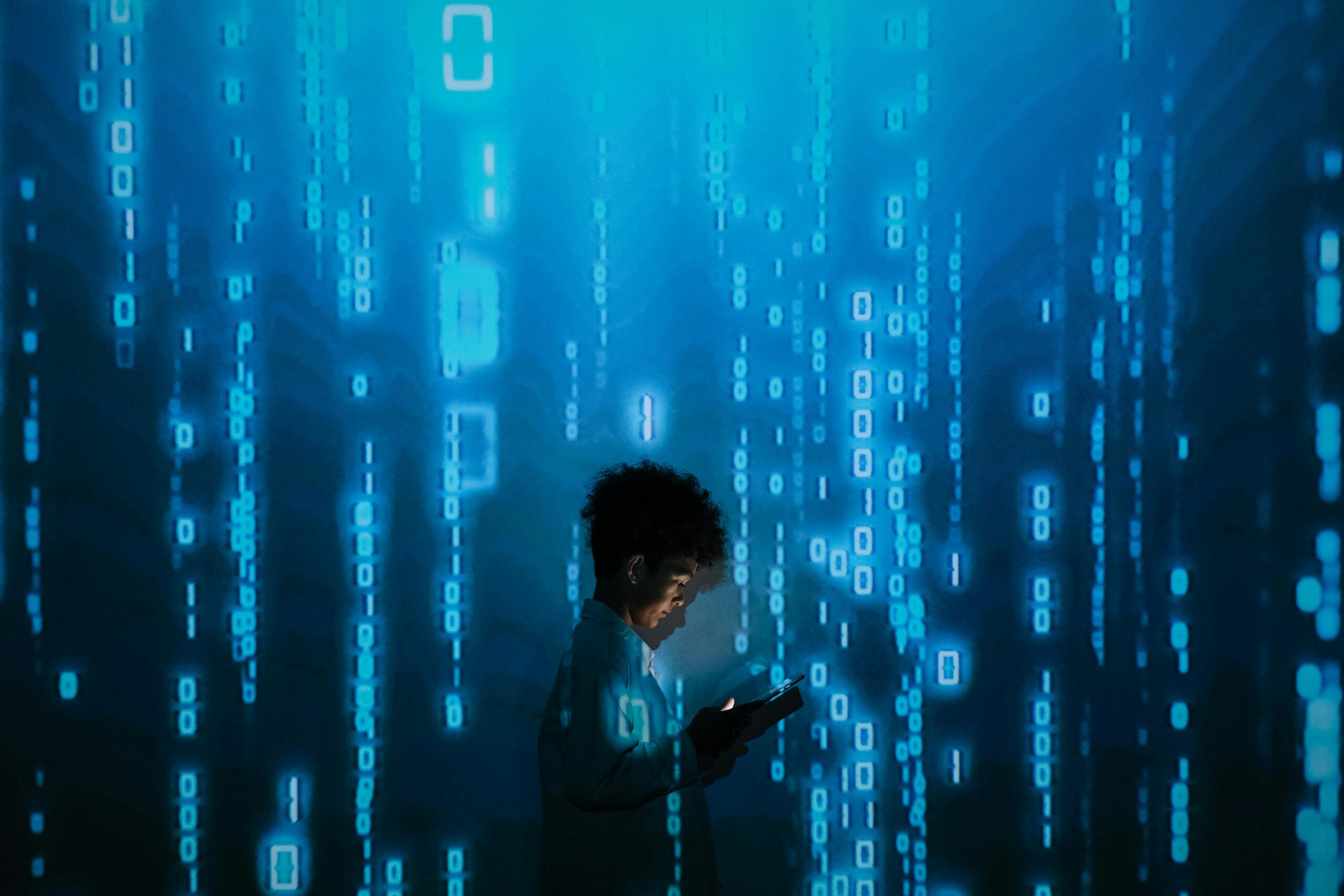Love of Learning
Forever Young and Enthusiastic
By Cris de Souza
“Enthusiasm is a state of mind natural to the lover of art,” wrote Max J. Friedländer, “indeed, to him almost something natural.”
It happens because art has effects that nobody knows very well. Even doctors are beginning to investigate them and some examples follow.
You’ve had a terrible day. Suddenly, wonderful music touches you and it passes through you. You rise above the hardships, gain new insights, energies and perspectives. Noble music – for instance, classical music – resonates with your body and makes you feel this way. You are now calm and peaceful. Music influenced you positively, it uplifted you.
Laughter really is the best medicine, so comedies are important. Dr. Gifford Jones wrote in Toronto: “I don’t suggest you stop exercising. But a good hearty laugh is like a mild workout. It exercises muscles, gets blood flowing, decreases blood pressure and stress hormones, improves sleep and boosts the immune system by increasing infection-fighting antibodies.” We need laughter in these stressful times.
Since October 2018, the Montreal Museum of Fine Arts has teamed up with a doctor’s association for a pilot project of research to help patients “escape from their own pain.” Complementing more traditional treatments, doctors are prescribing a day of paintings, sculpture and relaxation, as well as a free trip to the museum. That trip could benefit people with conditions from mental illness and diabetes to eating disorders and high blood pressure. Looking at a picture or a sculpture is a complex thing, and it is done not only with our eyes, but with our brains.
Hillary Bungay of the Anglia Ruskin University (UK) explains that calls for art to be a core component of social prescribing have been growing, as it improves mental and physical health. She wrote, “There is a growing body of evidence which shows that different arts being prescribed have a positive impact on a variety of health conditions. (…) They include self-esteem and confidence boosts, physical health improvements, better social connections, and the acquisition of new skills.” Art activities have some unique benefits, positively impacting on levels of anxiety and depression.
Dr. Bungay complements it beautifully: “As we age, we are at risk of experiencing loneliness and social isolation through loss of social networks, as well as facing new limitations as a result of decreasing physical health. The arts can create social connections and research has shown that participation in arts programs enables older people to get in touch with others and extend existing networks of support in their communities, helping to alleviate loneliness and isolation. (…) Whether it is traditional art lessons, joining a community singing group, or any other creative activity, the evidence is clear: participating in these activities has a positive impact on health and well being.”
Crafts are being sought out for their mental and physical benefits, according to Susan Luckman, University of South Australia. Knitting, quilting, needlework, woodworking and others will give you benefits: “relaxation, relief from stress; a sense of accomplishment; connection to tradition; increased happiness; reduced anxiety; enhanced confidence, as well as cognitive abilities (improved memory, concentration and ability to think through problems).”
Doctors investigate how art can be used as therapy for many conditions and diseases, such as Parkinson’s, Alzheimer’s, dementia, stroke, chronic fatigue syndrome and Post Traumatic Stress Disorder (PTSD).
Art has a diverse range of activities. Film, creative writing, church praise, artistic photography, ceramics, sitting dance for disabled persons, art appreciation and much more are included in its vast concept.
Today, nations talk about weapons and nuclear races. Our lives are overloaded with work and studies. In this competitive and digital world, health and mental problems are increasing even amongst teens and young adults. But when you enter an exhibit, a museum, a church, a concert hall, you escape your daily life’s speed and pressure.
Everyone should be happy and healthy. Art and culture can really help your well being.
This article is for non-medical purposes and is solely the opinion of the author.
Cris de Souza is a Toronto-based artist.
We value your opinion. Please let us know what you think about this column. Send comments to learningcurves@hotmail.com.





